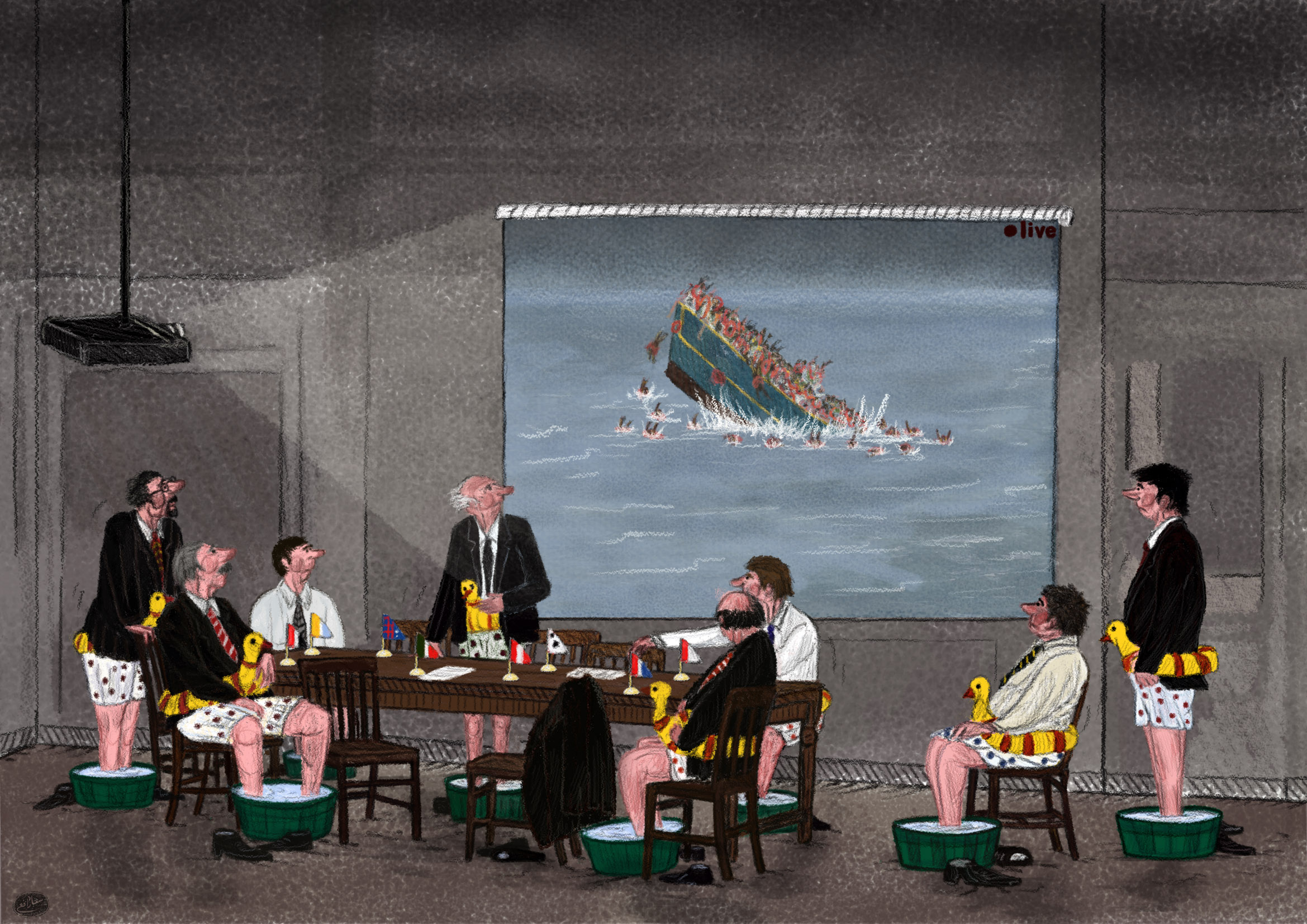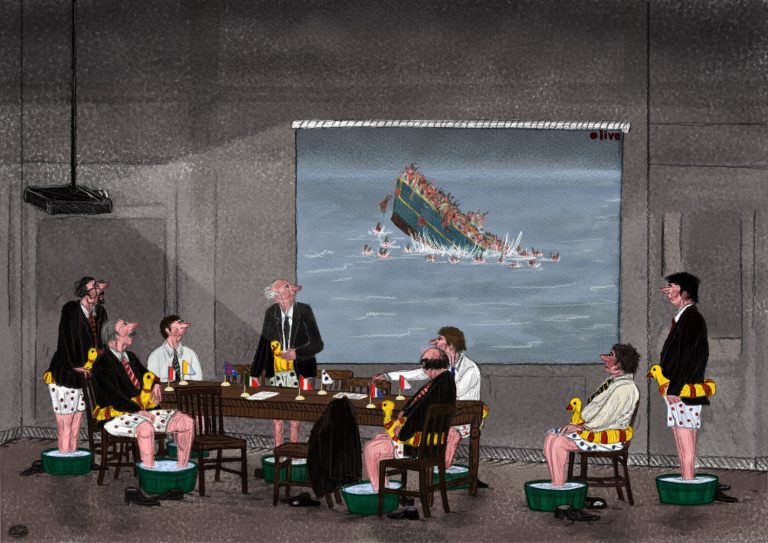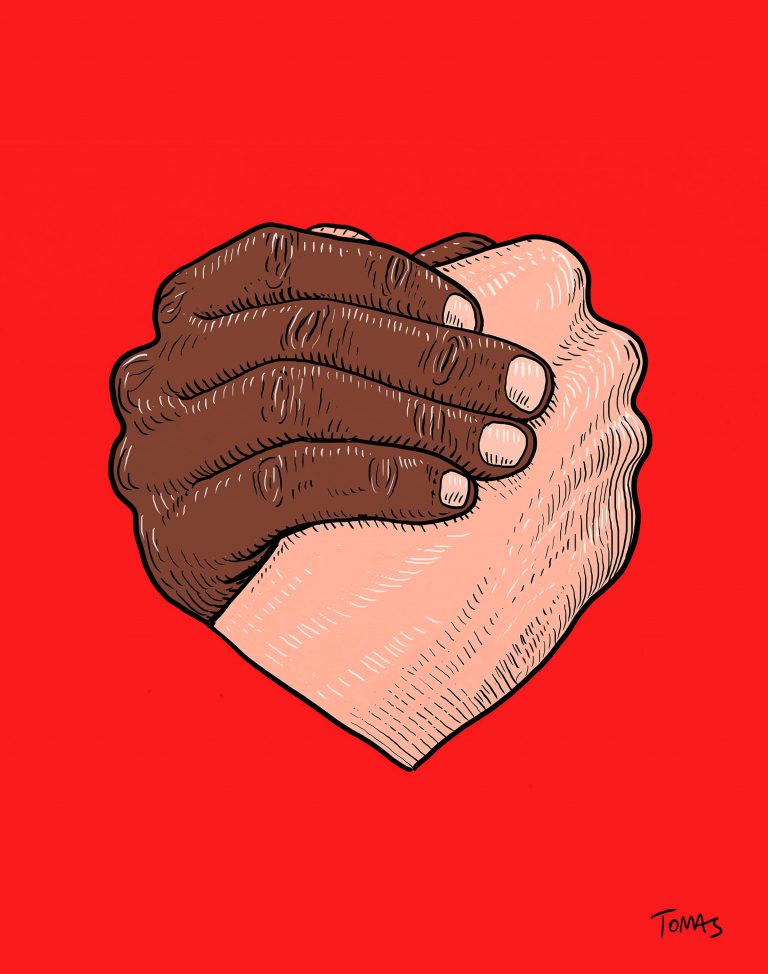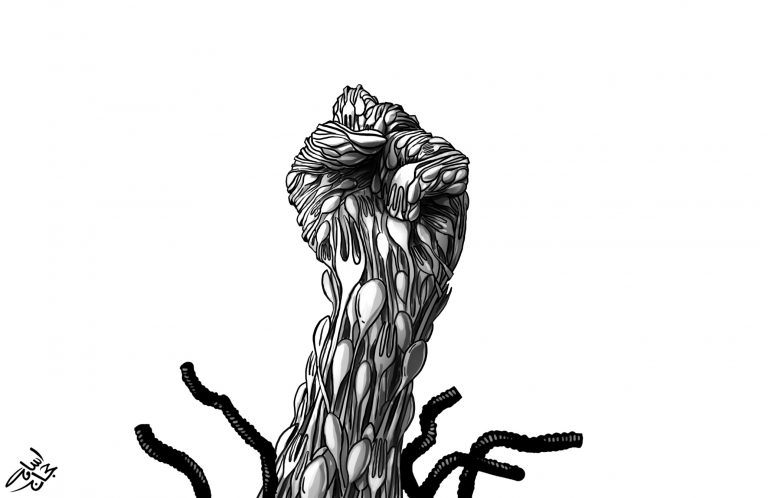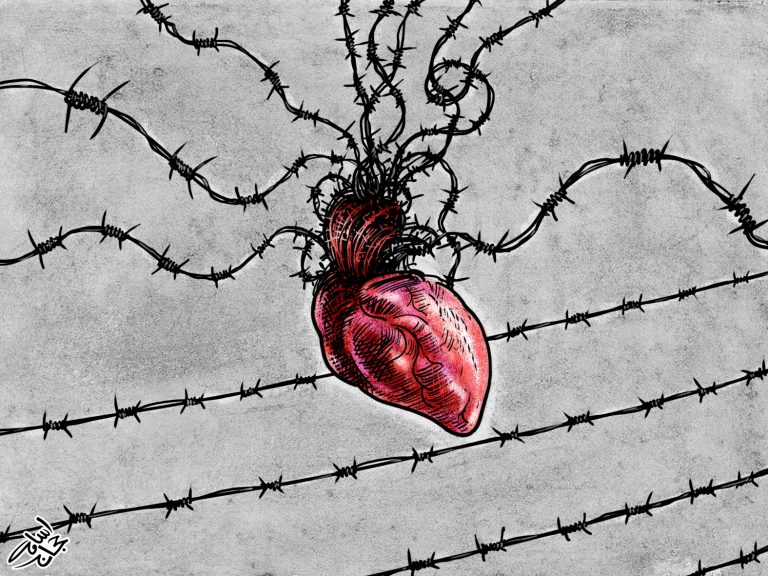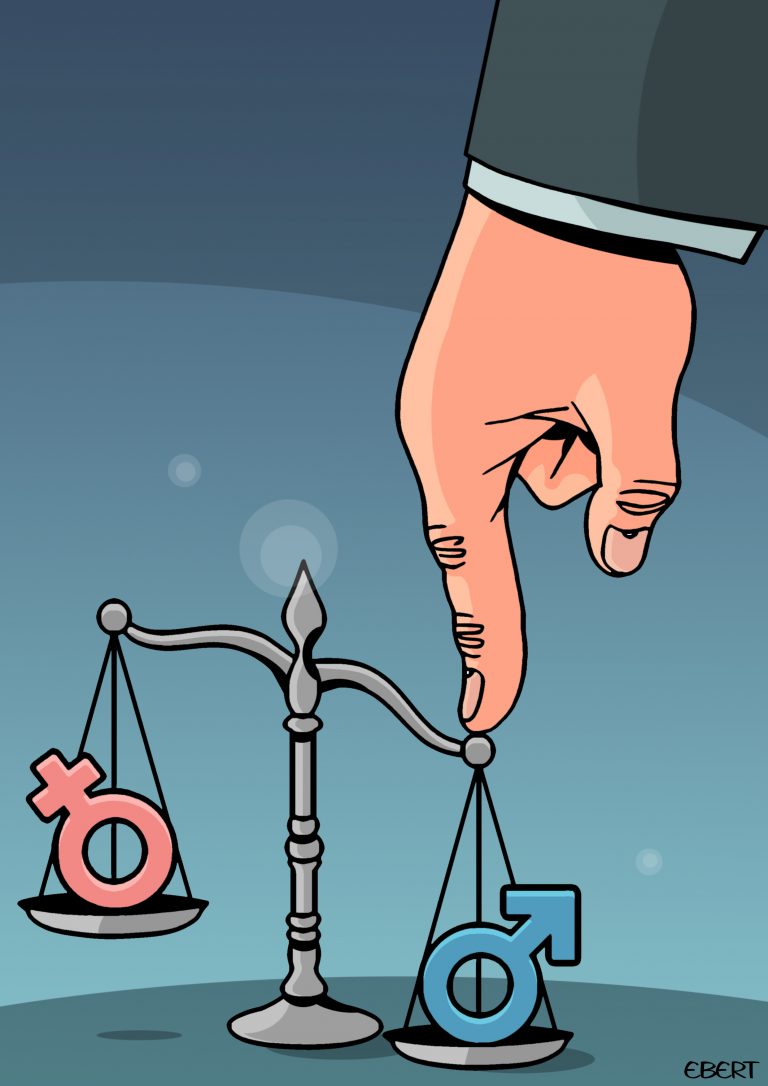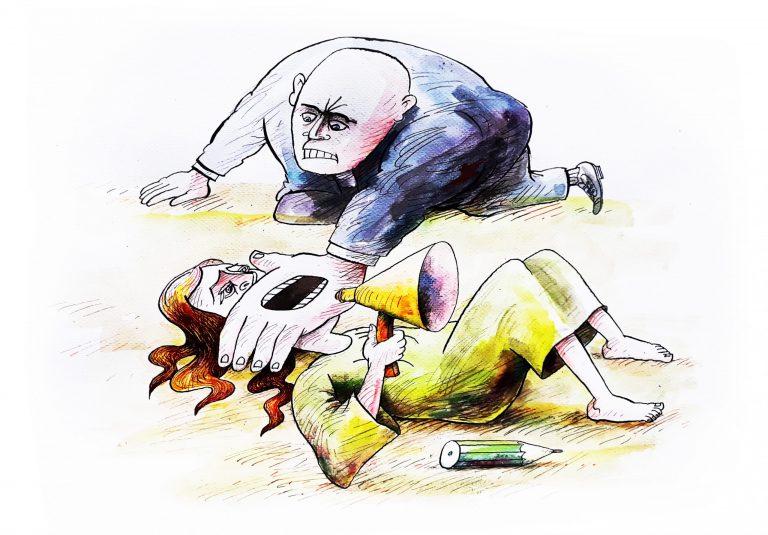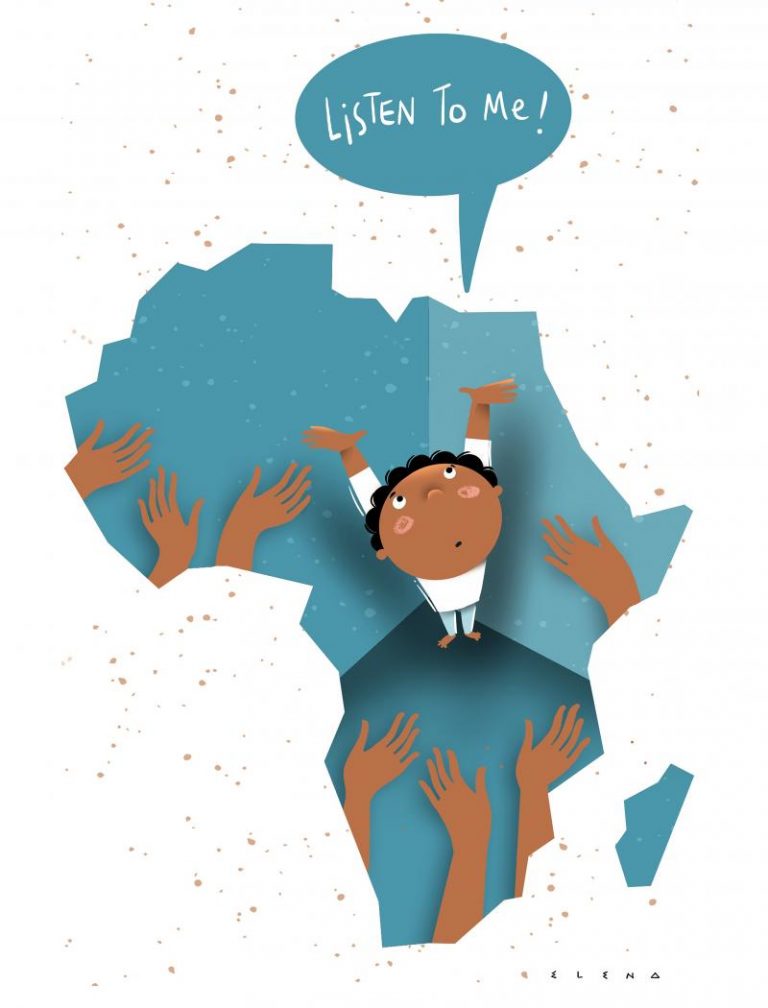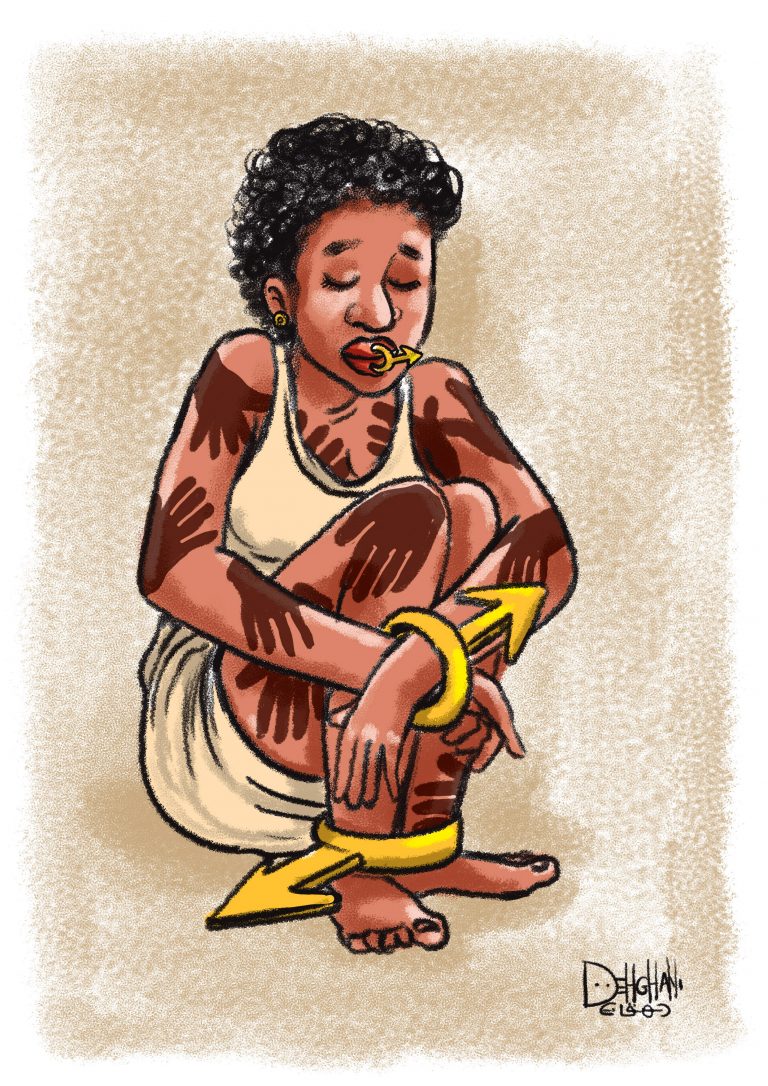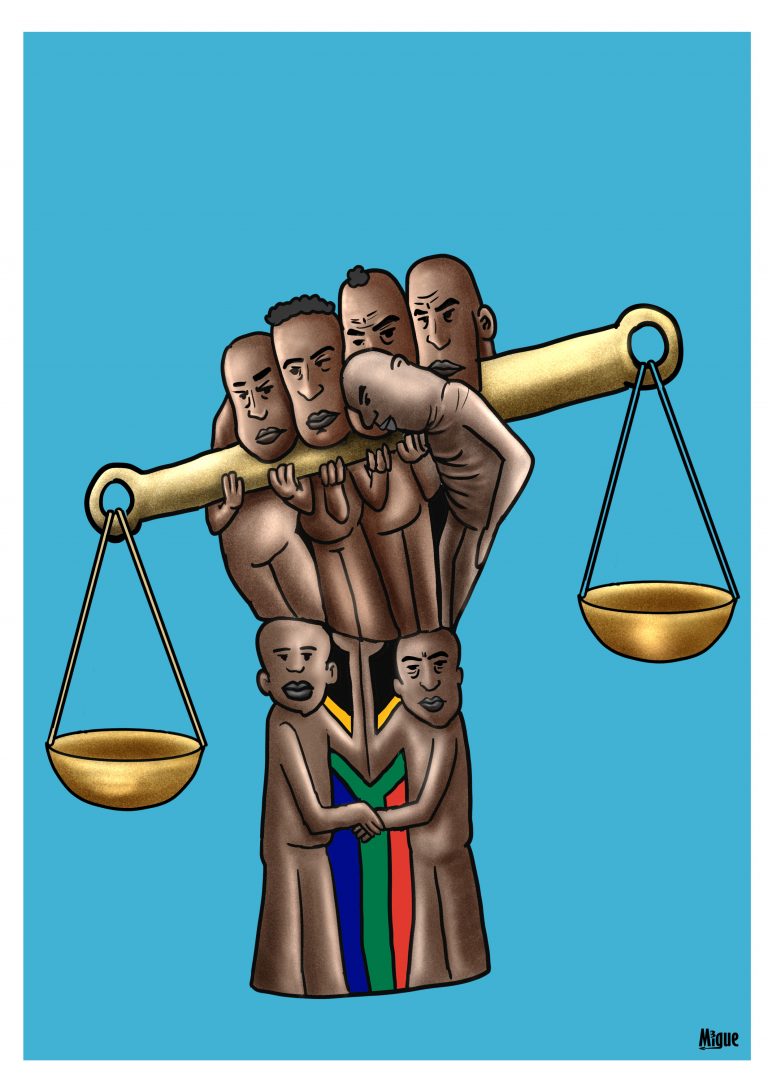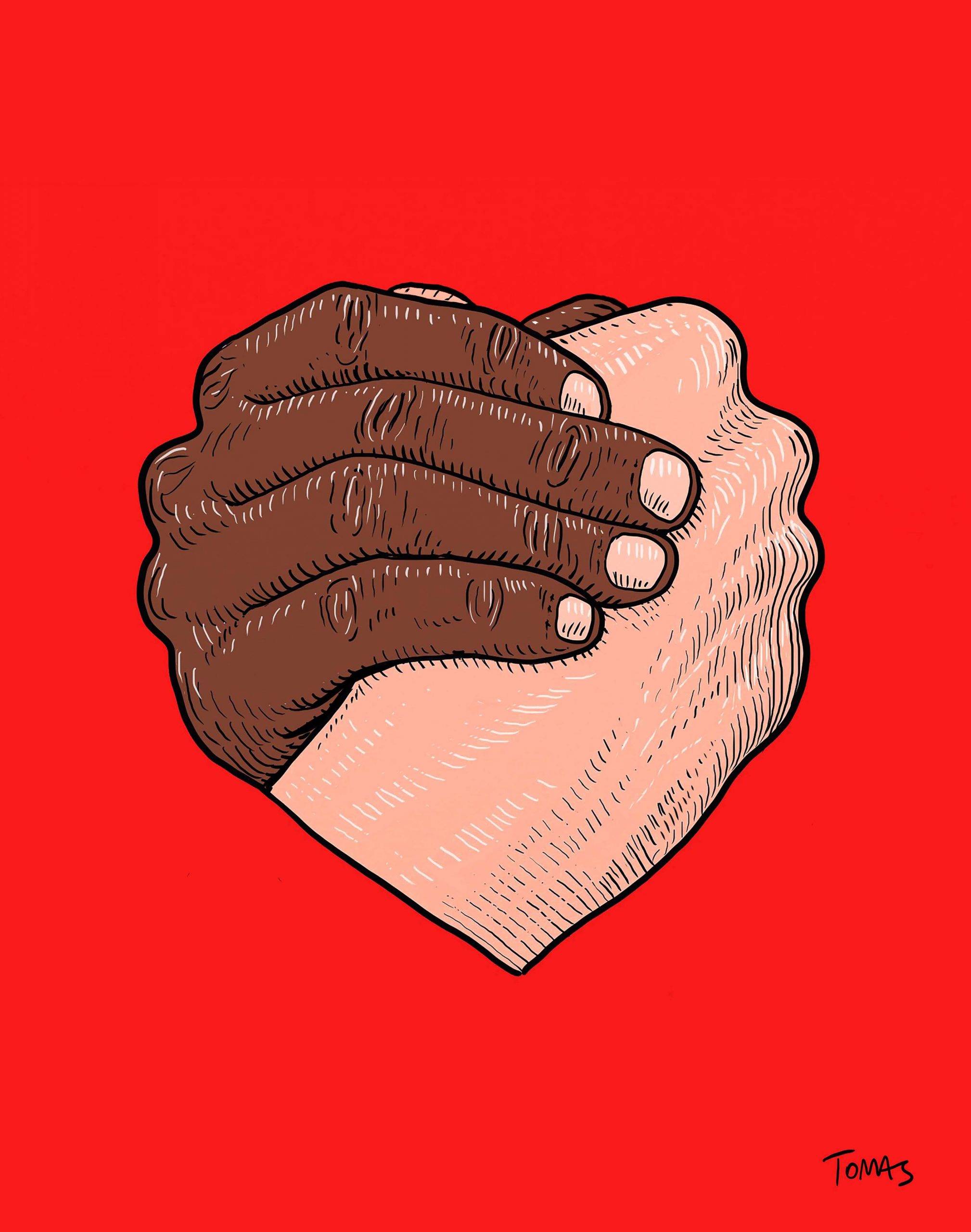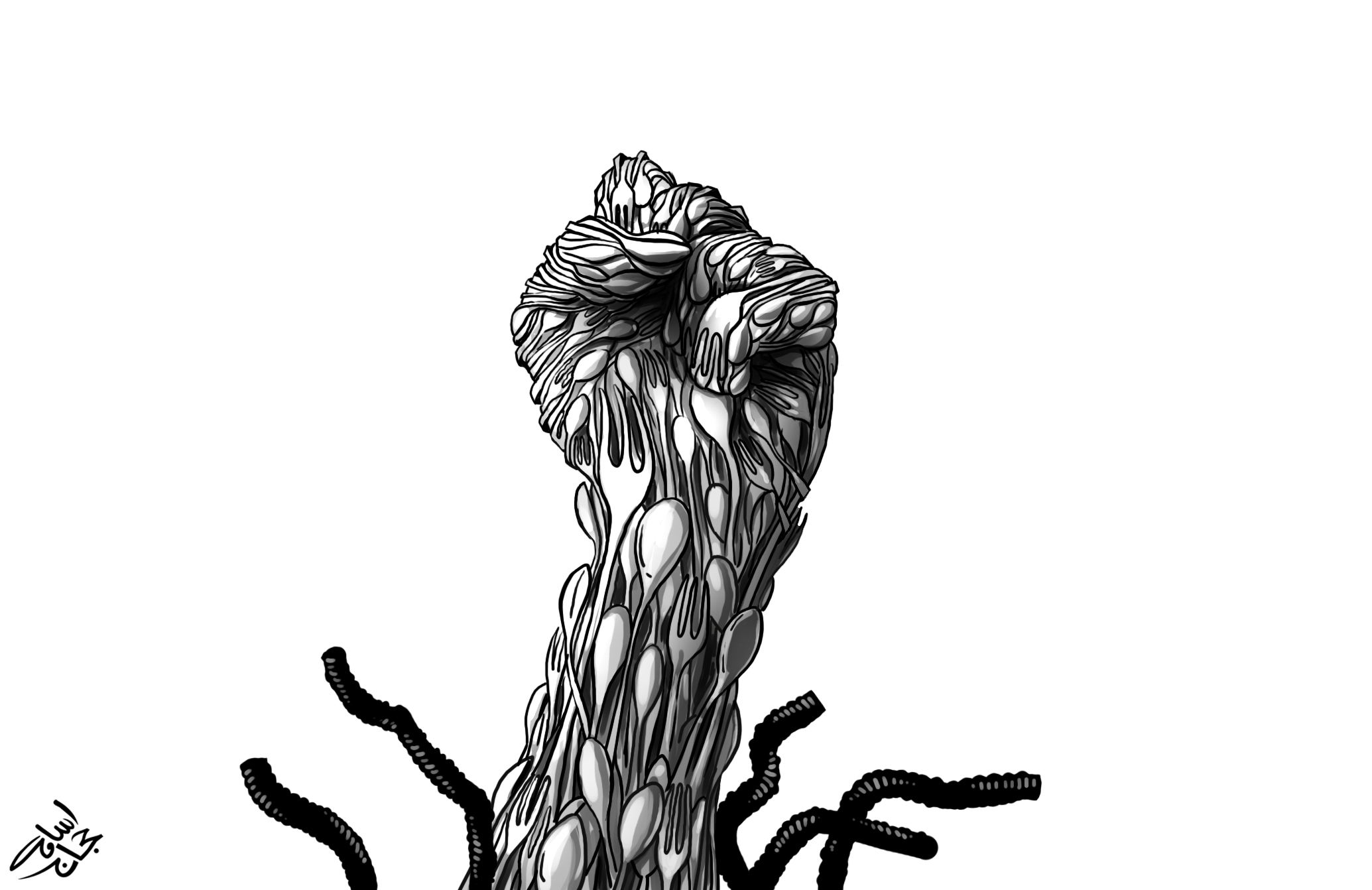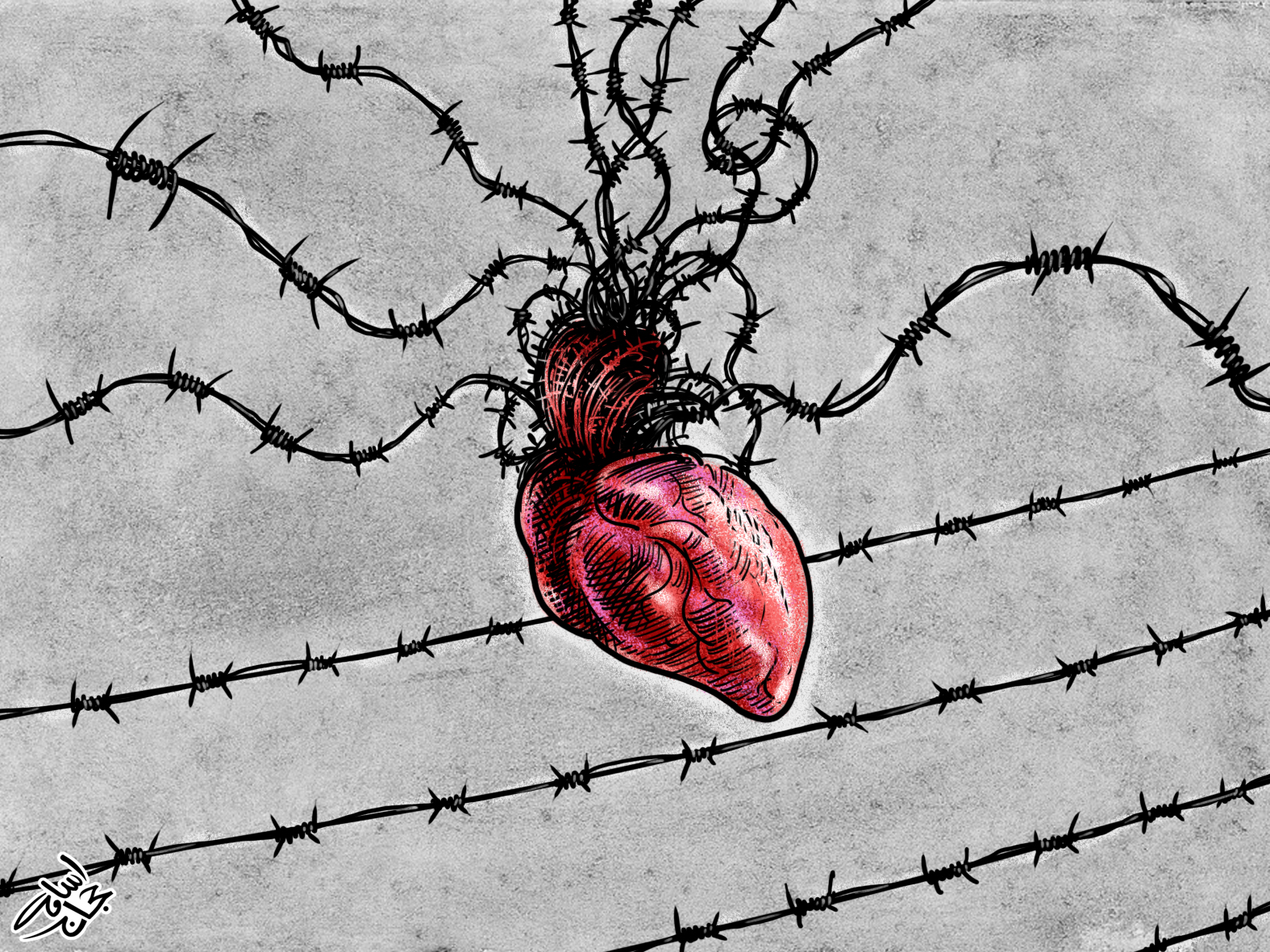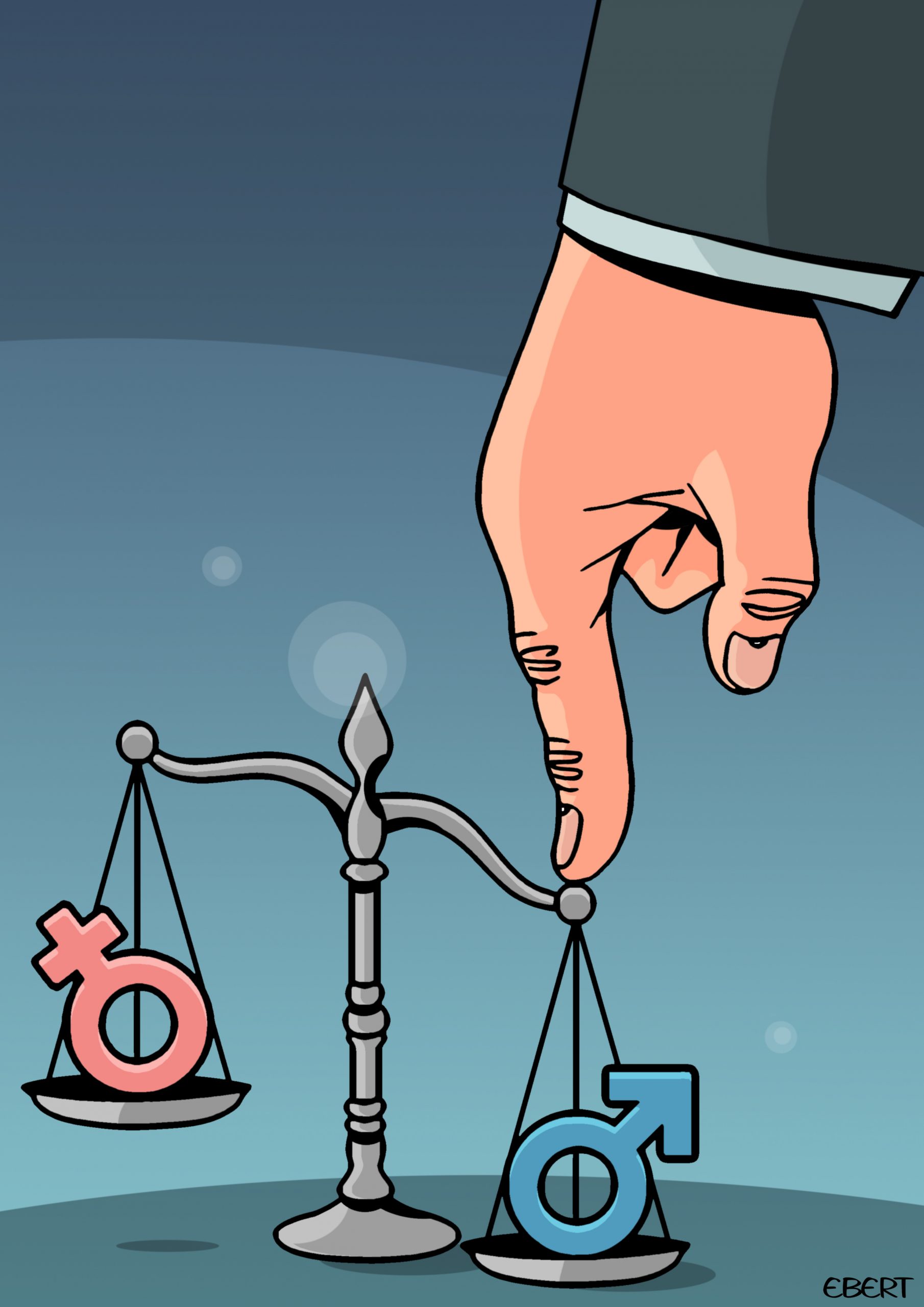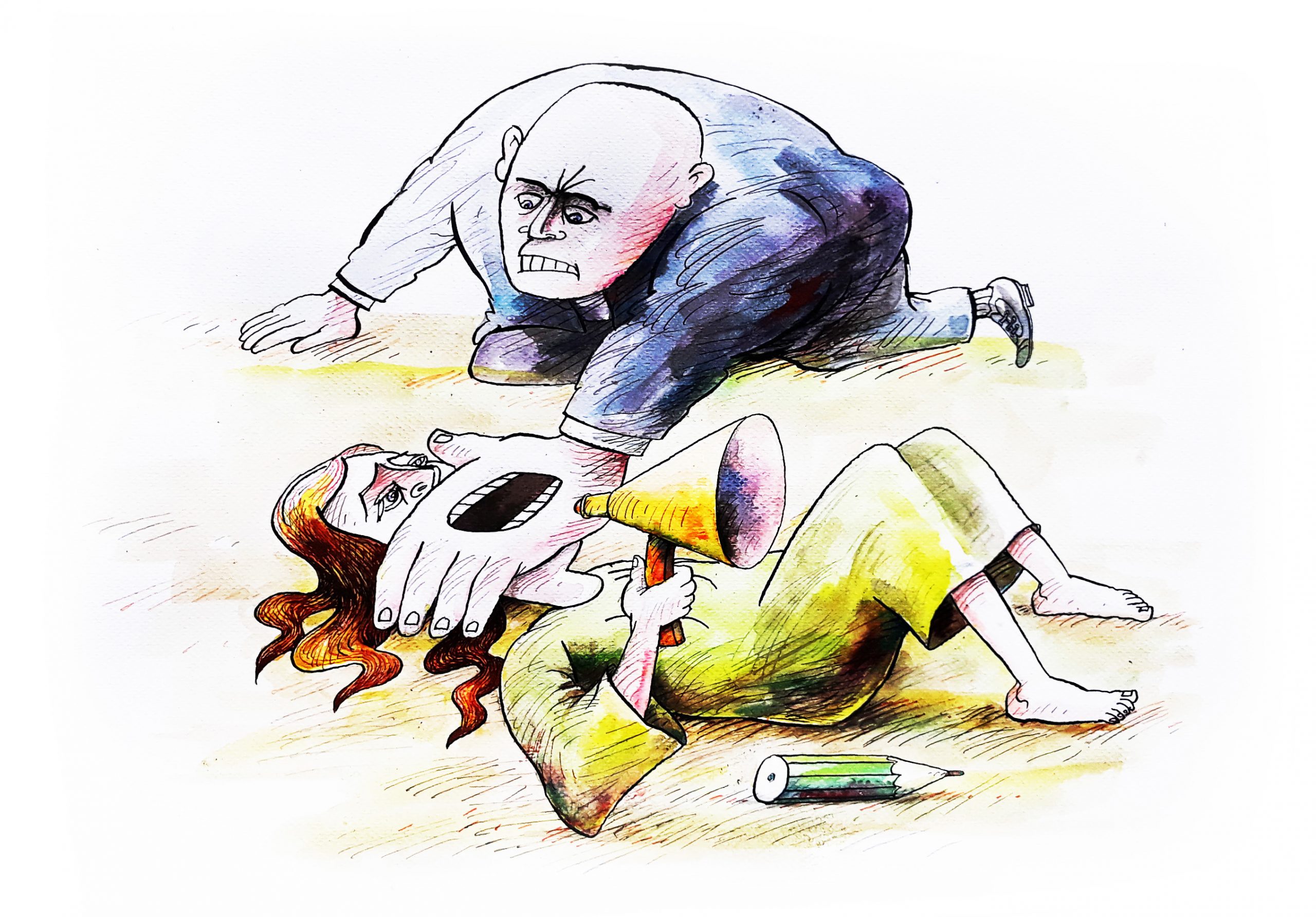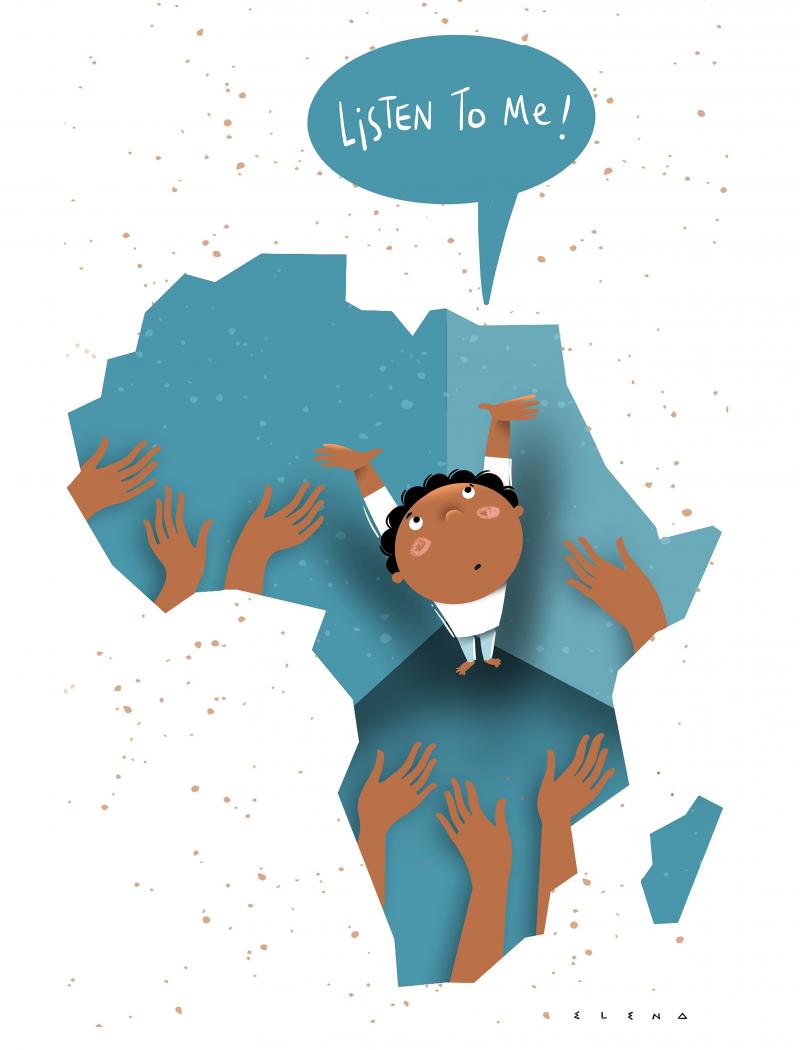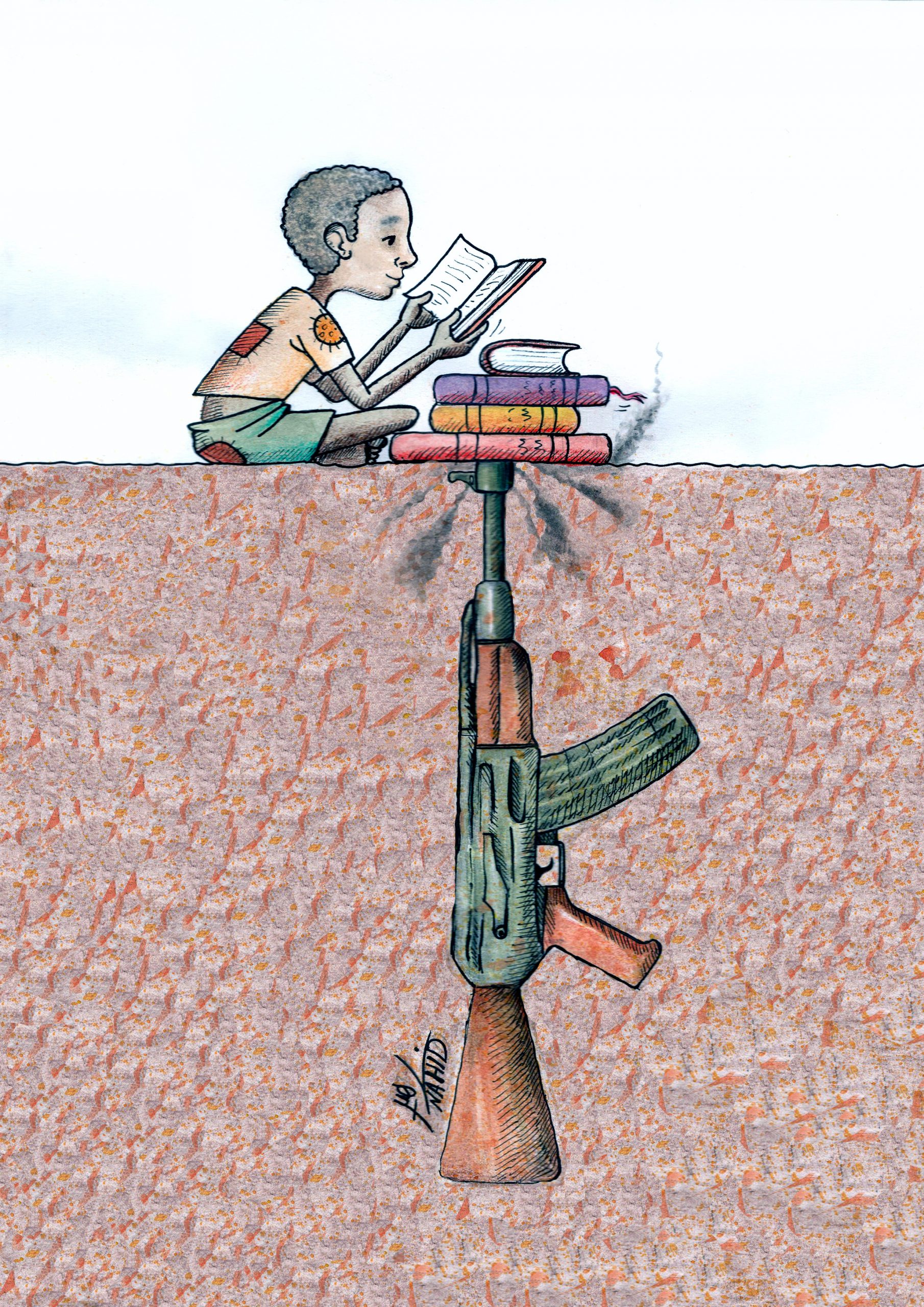Call for Climate Justice
We are living in a major climate crisis. While countries in the global south have done the least to contribute to the issue. They risk to bear impacts of climate change. Countries in the global north have not only contributed to exacerbating the climate crisis, but due to the historical legacy of colonialism, have contributed to an extent to the lack of adaptive capacity for countries in the global south who are still battling with provisions of basic needs. These countries in the global South risk being shock absorbers for impacts of climate change in the future. Therefore, climate justice as an underpinning principle for climate action is important to ensure that the smallest contributors to the crisis do not pay the highest price.

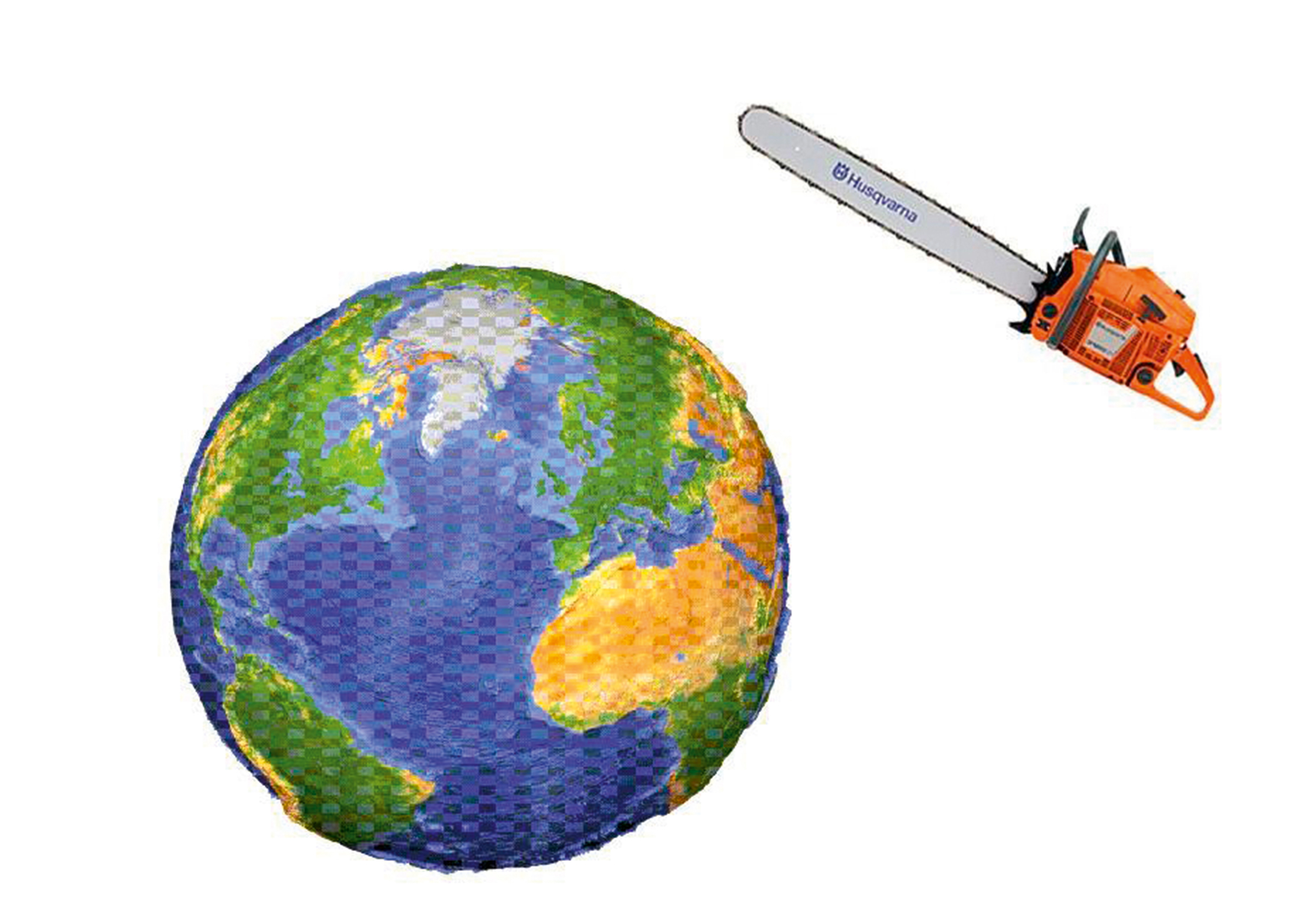
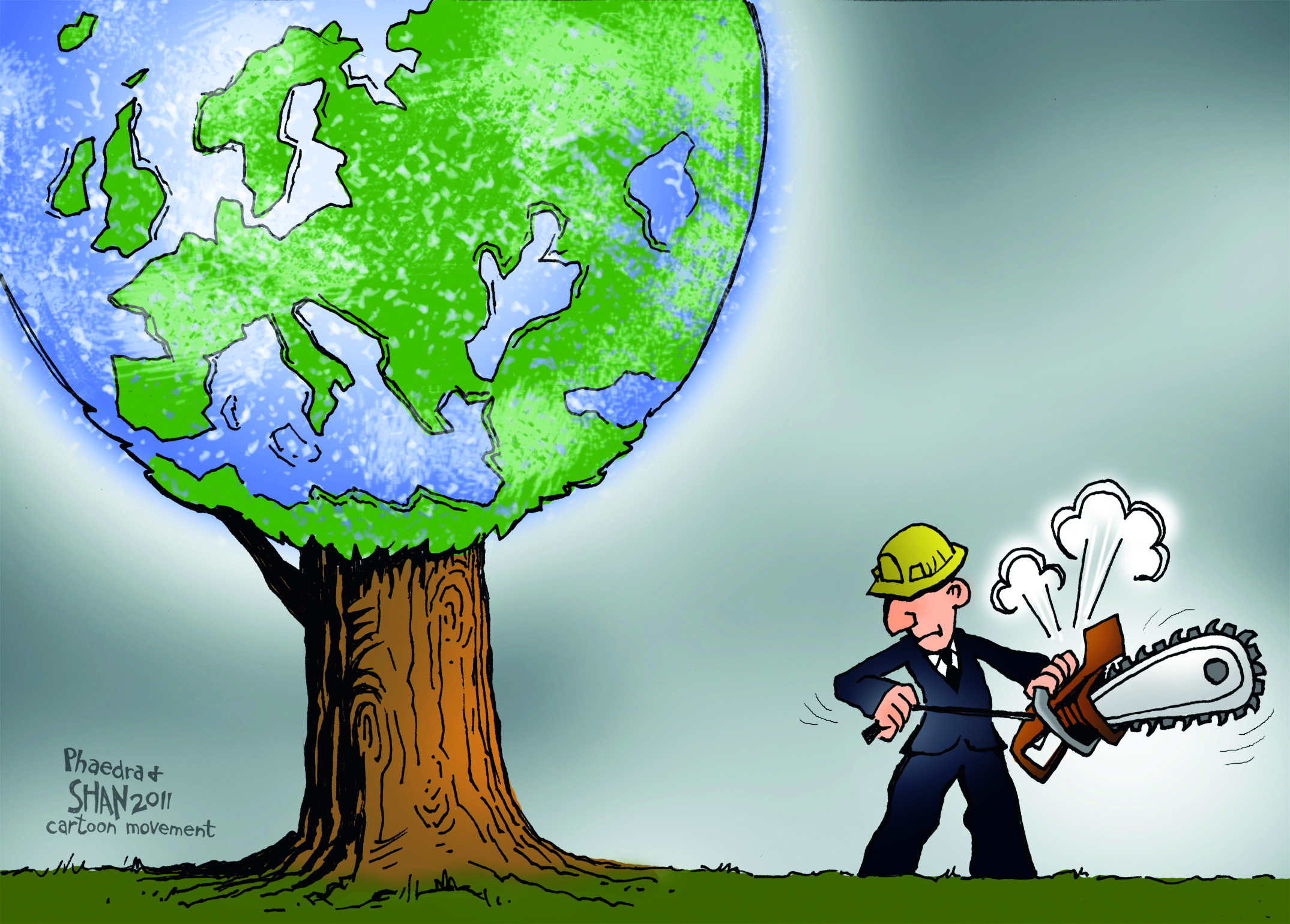
Global gallery
Cartoons
Below you’ll see the cartoons that have been made inspired by the sketch above.
Upload your cartoon
Are you inspired by this sketch? We invite you to make a professional cartoon for this sketch and upload it via the form below.
ONE PEOPLE
I am from Uganda. I came to South Africa this year for university and one thing that first stroke me was the way people here group themselves. Black, white, coloured, Boers, name it. I also noticed a bit of tension with the way they relate with each other which was unfamiliar to me coming from a country where this is not that evident. We do not see a colour difference. Everyone is human anyway. This is the kind of future I hope to see first in South Africa and around the world.



Cartoons
Below you’ll see the cartoons that have been made inspired by the sketch above.
Upload your cartoon
Are you inspired by this sketch? We invite you to make a professional cartoon for this sketch and upload it via the form below.
Food insecurities in Africa
It was inspired by a Bible verse (Luke 9) where there were only 5 loaves and 2 fish available for thousands of hungry people.



Global gallery
Sketcher
Keitumetse MohlotjaCountry
South Africa
Place
Limpopo, South AfricaThemes:
Cartoons
Below you’ll see the cartoons that have been made inspired by the sketch above.
Upload your cartoon
Are you inspired by this sketch? We invite you to make a professional cartoon for this sketch and upload it via the form below.
Hooked
I was thinking about how children told that they are useless, pathetic and a mistake and how that impacts us as humans. It causes us to stop living as ourselves. Almost as of you can’t live without being told how to by your favorite influencers.



Global gallery
Sketcher
Riley LucasCountry
South Africa
Place
National School of ArtsCartoons
Below you’ll see the cartoons that have been made inspired by the sketch above.
Upload your cartoon
Are you inspired by this sketch? We invite you to make a professional cartoon for this sketch and upload it via the form below.
Unequal



Global gallery
Cartoons
Below you’ll see the cartoons that have been made inspired by the sketch above.
Upload your cartoon
Are you inspired by this sketch? We invite you to make a professional cartoon for this sketch and upload it via the form below.
I WONT BE SILENT.
To be honest I was more inspired by one girl in my class who has always been outspoken and voiced her opinions freely(even if sometimes it was a little out of the blue). She is a true role model and I feel like this is somewhat reminiscent of her.



Global gallery
Sketcher
Ashley ThomasCountry
South Africa
Place
KZNCartoons
Below you’ll see the cartoons that have been made inspired by the sketch above.
Upload your cartoon
Are you inspired by this sketch? We invite you to make a professional cartoon for this sketch and upload it via the form below.
Be seen, but not heard
The main idea is to push the agenda that children should not be limited by their circumstances, their living conditions or even down to what continent they’re living in, even culture expects us to be silent.



Global gallery
Sketcher
Kegomoditswe MabundaCountry
South Africa
Place
National School of Arts Braamfontein JohannesburgCartoons
Below you’ll see the cartoons that have been made inspired by the sketch above.
Upload your cartoon
Are you inspired by this sketch? We invite you to make a professional cartoon for this sketch and upload it via the form below.
Warmth or education? / the burning books
Looking at the disparities in South Africa made me realise how fortunate I am to have access to education. For some people my age, it’s an afterthought.



Global gallery
Cartoons
Below you’ll see the cartoons that have been made inspired by the sketch above.
Upload your cartoon
Are you inspired by this sketch? We invite you to make a professional cartoon for this sketch and upload it via the form below.
Why do I deserve to go through This?
I came up with this idea to bring awareness about what is happening to women around South Africa and any part of the world.It is something that should be stopped immediatley.



Global gallery
Sketcher
Rufaro WanjelaniCountry
South Africa
Place
Johannesburg,South AfricaCartoons
Below you’ll see the cartoons that have been made inspired by the sketch above.
Upload your cartoon
Are you inspired by this sketch? We invite you to make a professional cartoon for this sketch and upload it via the form below.
Equality for all



Cartoons
Below you’ll see the cartoons that have been made inspired by the sketch above.
Upload your cartoon
Are you inspired by this sketch? We invite you to make a professional cartoon for this sketch and upload it via the form below.

